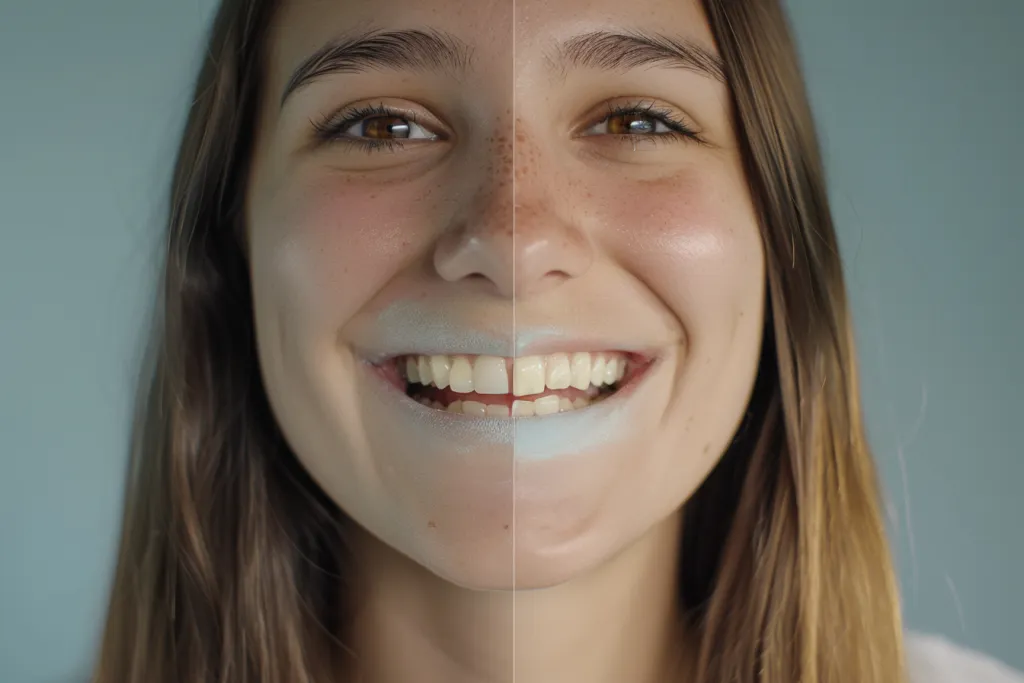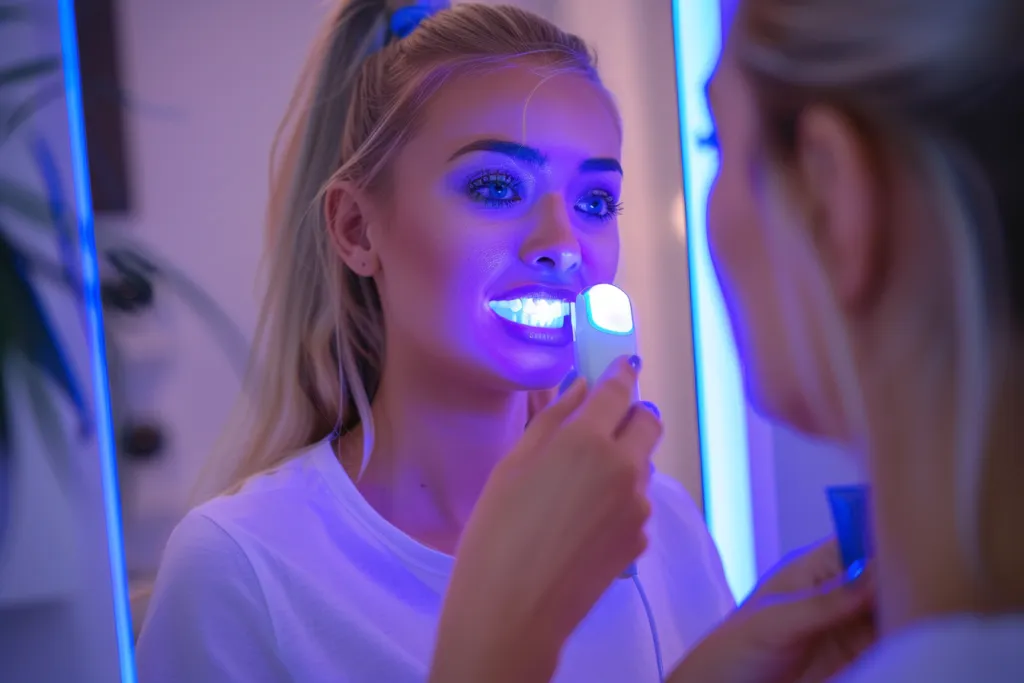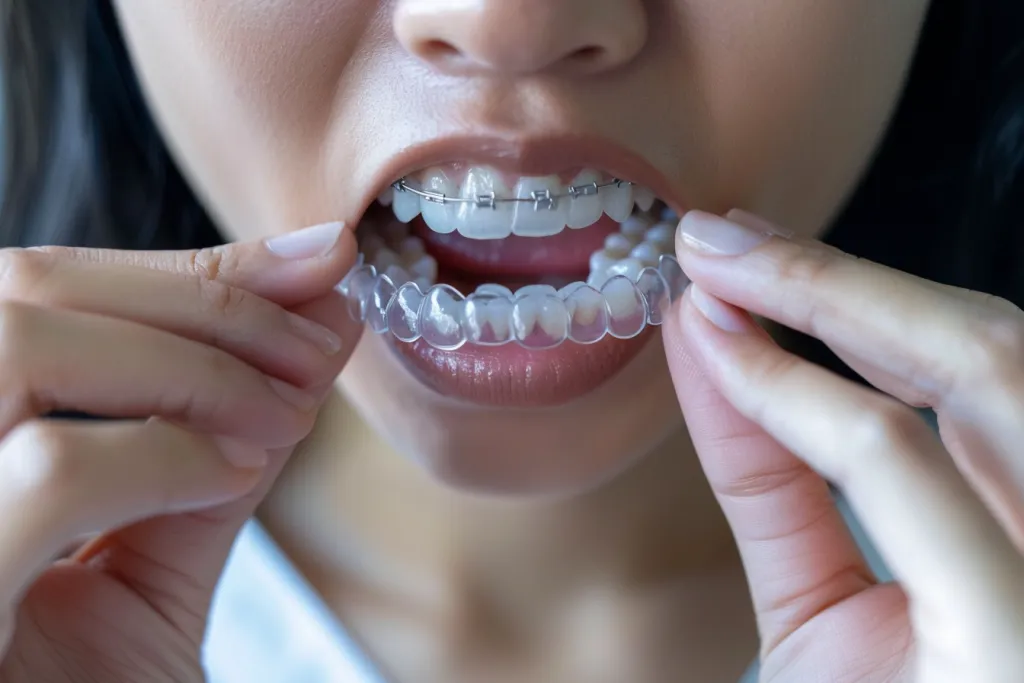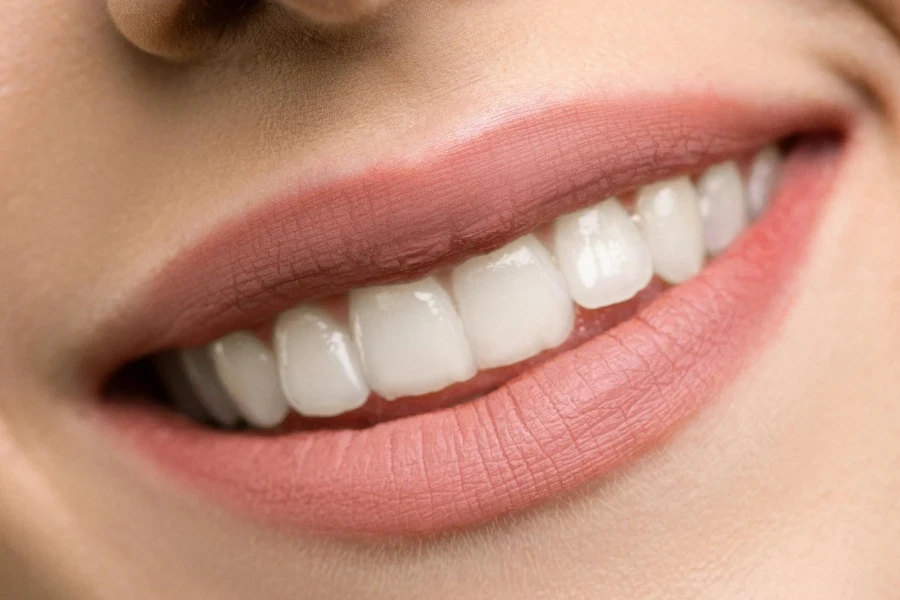As a solution, teeth whitening kits were formed in order to make a smile more radiant and brighter. Owing to their popularity, many people choose to whiten their teeth at home. You can buy the kit, which will be delivered to your door, and forget about making an appointment with your dentist. Due to an overabundance of options on the market, people get confused while trying to pick the product. This paper is aimed at demystifying the process for a reader, describing in detail the five most important factors relevant to the choice of a teeth whitening kit.
Table of Contents:
– Understanding the active ingredients in teeth whitening kits
– Evaluating the ease of use and application
– Assessing the safety and potential side effects
– Considering the duration and effectiveness of results
– Comparing cost and value for money
Understanding the active ingredients in teeth whitening kits

Most teeth-whitening kits contain either a blend of some or all of the above or a different compound that also leads to a bleaching effect. Hydrogen peroxide or carbamide peroxide are the most commonly used active ingredients, which break down into oxygen molecules. The oxygen then diffuses into your teeth’s enamel and dentin (the layer under enamel that supports it) and dissipates stains. The concentration of these compounds are important because they directly impact the product’s effectiveness and how much it may risk your sensitivity. Products with low concentrations could be safer for those with sensitive teeth, but may require longer use to see desired results.
But you should also look out for extra ingredients that are meant to maximise whitening or minimise sensitivity. Teeth-whitening kits, for example, sometimes contain a compound called potassium nitrate or fluoride, which help to strengthen tooth enamel and mitigate discomfort while whitening and after the treatment, as well. It’s worth learning what each ingredient on a package does – some formulations are better than others.
Finally, the mode of delivery of the active ingredients explains the efficacy of the product. It could be in the form of strips, gels or LED light devices, but the way it is applied on the teeth and how evenly it can be spread will enhance the efficacy of the whitening agent. This section observes the fact that the chemical composition and the physical design of a teeth whitening kit should be considered when choosing a product.
Evaluating the ease of use and application

The ease of use of at-home teeth whitening kits can be a selling point for many users. It’s important to examine how easy or difficult each product is to use; even within the same type of kit, this aspect can differ. Kits that come with a pre-filled tray or strip are usually quite easy to use, and are essentially no-mess teeth-whitening solutions. For someone who is very busy, these types of kits can be a good option since they are easy to use. Gels or liquids that come in a bottle and are applied with a brush or a syringe tend to be a bit more messy and a bit harder to apply in the right places (though they allow the user more control over the coverage area and might be a good option for someone who wants a certain level of precision).
Instructions from the manufacturer are also important, as users are more likely to reach their goals with clear and detailed instructions, making mistakes less probable. It is always useful to find producers who offer a support service such as an online tutorial or a customer service hotline for the users who have questions or need advice.
Furthermore, people need to be able to assess how long they need to use the product to feel like themselves again, as there is a wide spectrum of treatment lengths across products. Some kits claim to deliver results in one week with daily use; others would likely require a longer treatment period. Knowing whether the user is committing to just one week of treatment versus taking the product on and off for months can help set realistic expectations and make sure the user has a positive experience.
Assessing the safety and potential side effects

Although teeth whitening itself is safe, risks and side-effects are possible with incorrect and excessive use of whitening products. The most common complaints are sensitivity and gum irritation, often associated with high peroxide levels or contact with soft tissues. Read product instructions carefully, and consider using a kit with a lower concentration of peroxide if you’re prone to being sensitive.
Additionally, anybody with a history of dental issues, particularly those with crowns and veneers, should consult with a health care provider before beginning any whitening regimen, using a professional who can provide an analysis of their specific needs and dental health status and recommend an appropriate product.
But apart from the obvious physical risks, what of the cumulative effects of repeated whitening on tooth enamel? Sporadic use will probably not cause lasting damage, but frequent or extended exposure to the peroxides and acids in whitening treatments can result in actual erosion or harm of the outer layer of enamel. When it comes to achieving the dazzling white smile of their dreams, consumers need to weigh their priorities between oral health and the right to smile.
Considering the duration and effectiveness of results

There are many variables that affect how long your teeth whitening results last and how effective they are: the type of at home kits you use, your original shade of your teeth and personal lifestyle habits like smoking or excessive coffee and tea consumption. Most at home teeth whitening kits have relatively temporary results lasting only a few months to a year. If you are one of those people who keep eating and drinking what will stain your teeth, then you may need a touch up more often – like every three months.
Furthermore, not all discolourations react in the same way to whitening products, with yellow tones tending to lighten much better than brown or grey shades, which may require further intensive treatments. Expectations of the final result should be realistic and connected to the initial condition of the teeth and the product’s possibilities.
Moreover, nothing can achieve the best results for post-treatment care: good oral hygiene such as brushing, flossing and regular visits to the dentist will help prolong the whitening effect; avoiding or reducing activities involving staining agents (such as coffee, white wine, etc) will do a great favour for our bright smiles.
Comparing cost and value for money

The price of teeth whitening kits today can vary greatly – from cheap, supermarket, over-the-counter to higher quality and more expensive professional-grade. While we would all of course prefer the cheapest product, often it is not the best value for money, when taking into account the effectiveness of the product, the safety, but also the user experience. In many cases, paying a little extra for a kit that is more comfortable to use and lasts longer might be more cost-effective than saving a few dollars on the low-end product.
For instance, when estimating the cost, you must also consider the extra expenses that you might incur in other ways, for instance, with replacement parts or ‘refill’ kits that may be required for maintenance treatments. Such a calculation may give you a better idea of the extent to which there is ‘value’ to you in the product that can preserve your teeth at the whiteness level for a protracted period of time.
In the end, the choice should be determined by the balance of cost, the effectiveness, and your personal preferences. And by conducting the proper research and consideration to any of the available options, any person can find a teeth whitening kit that fits their wants and financial needs, ultimately, providing them with a safe and effective way to whiten their teeth.
Conclusion:
Factors such as the active ingredients, ease of use, safety, efficacy and cost of the different types of teeth whitening on the market are critical when selecting a teeth whitening kit. Setting realistic expectations to achieve a brighter, whiter and healthier-looking smile can help prospective users maximise their investment dollar and avoid potential discomfort and damage to their teeth. It’s always a good idea to consult a dental professional before starting any type of whitening regimen to ensure that the product you choose meets your needs.



